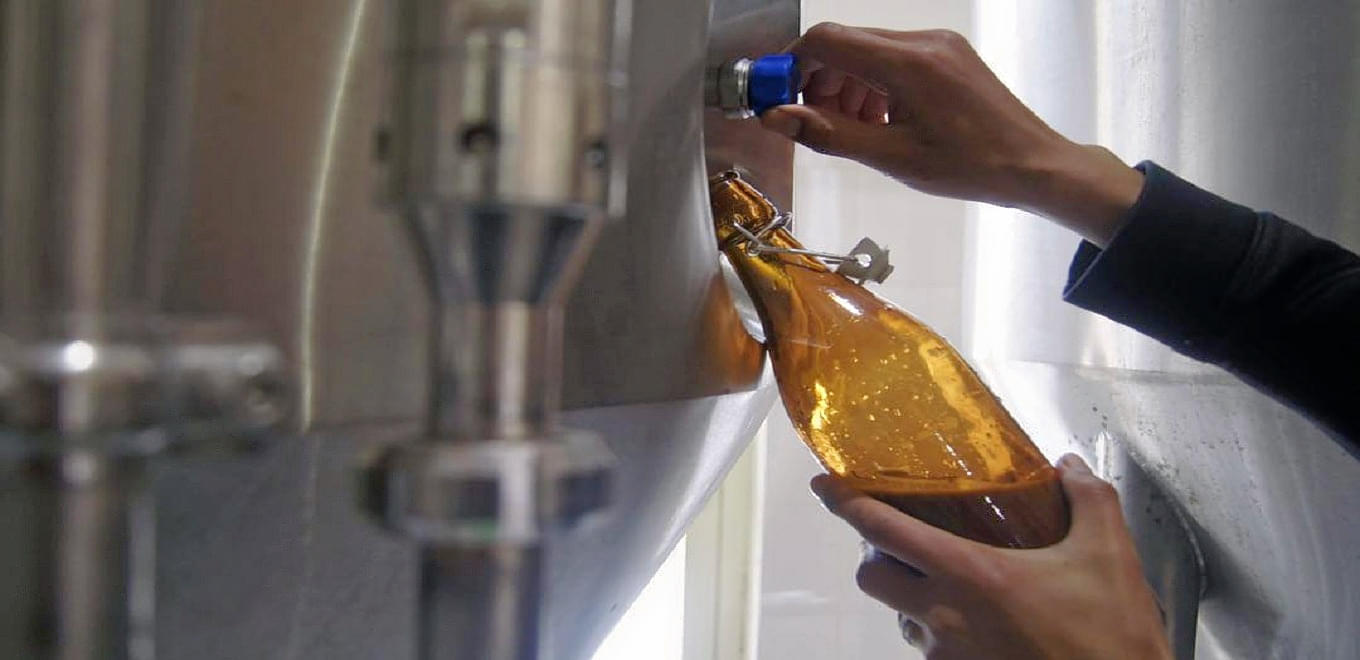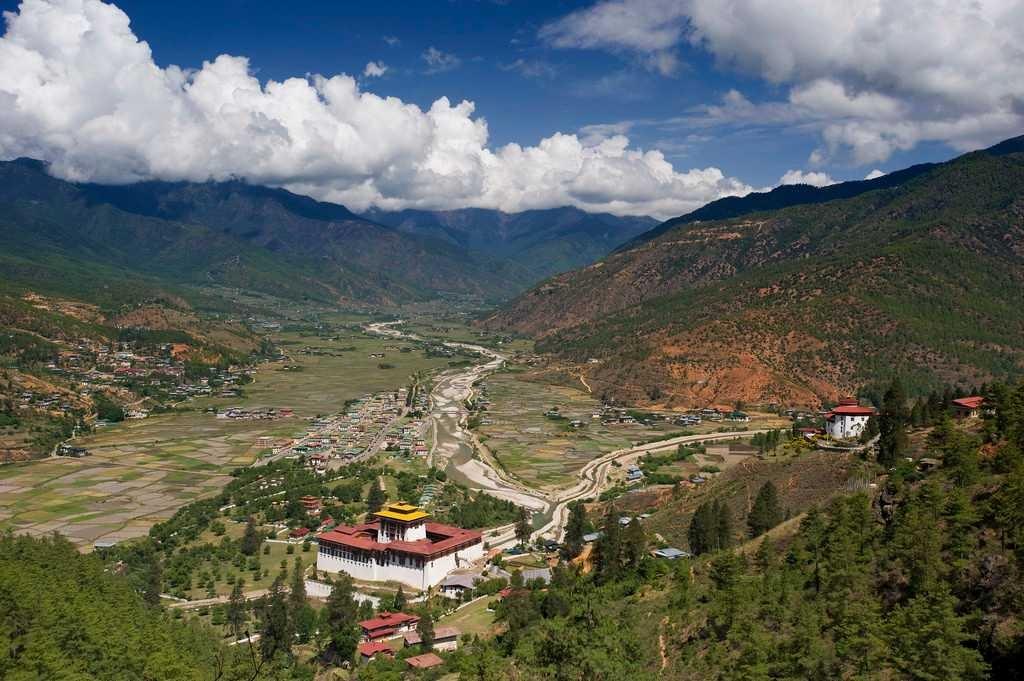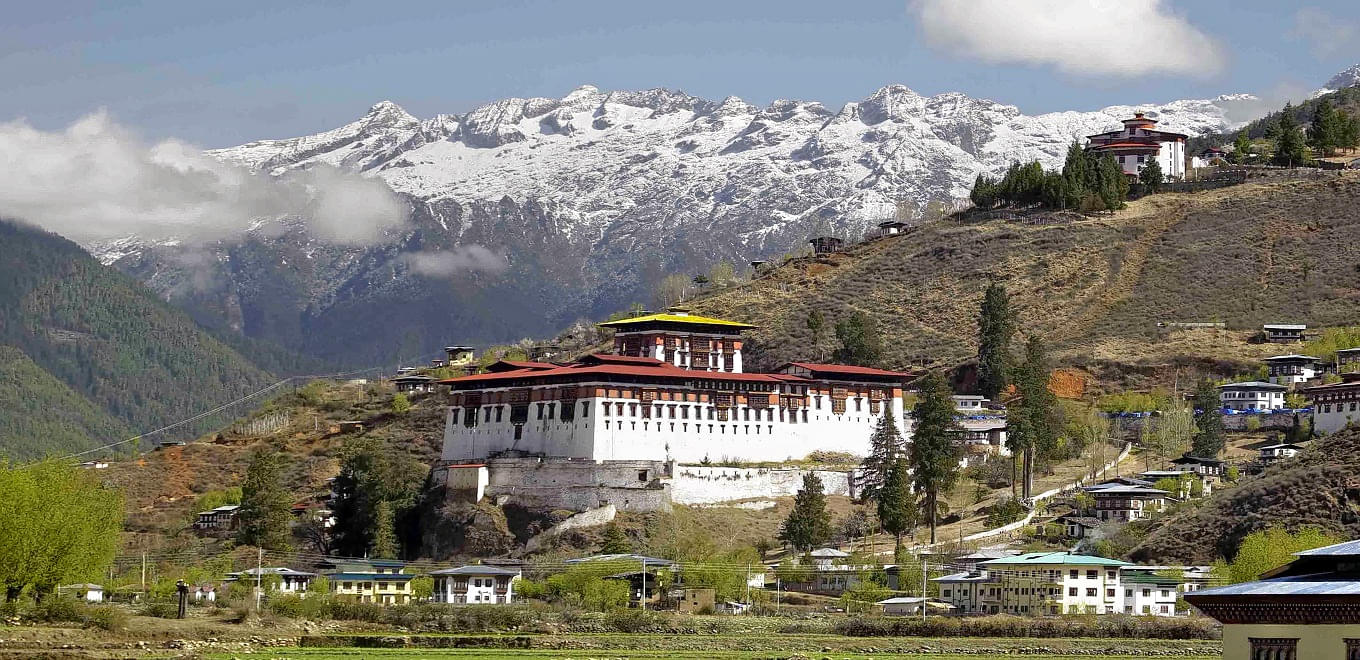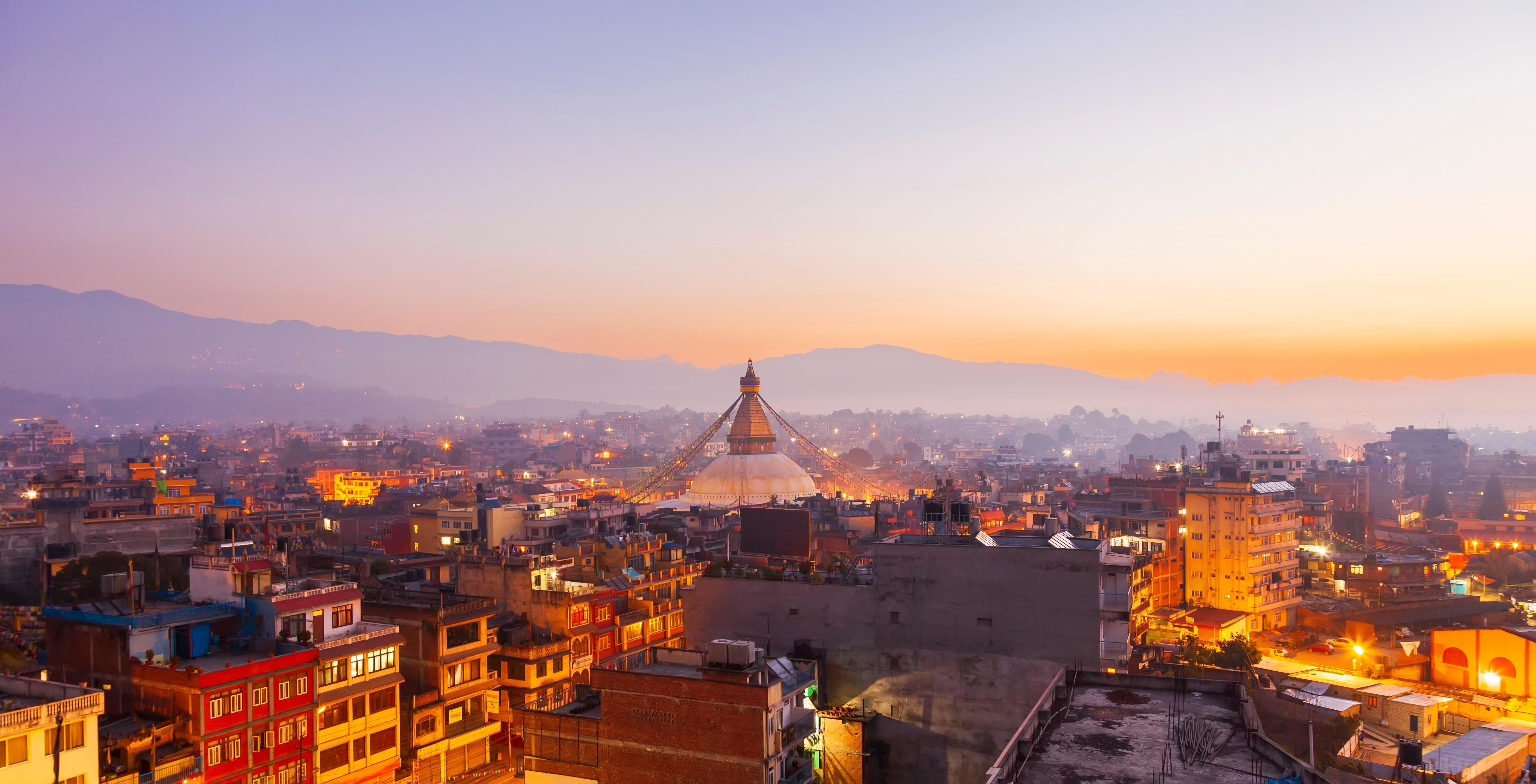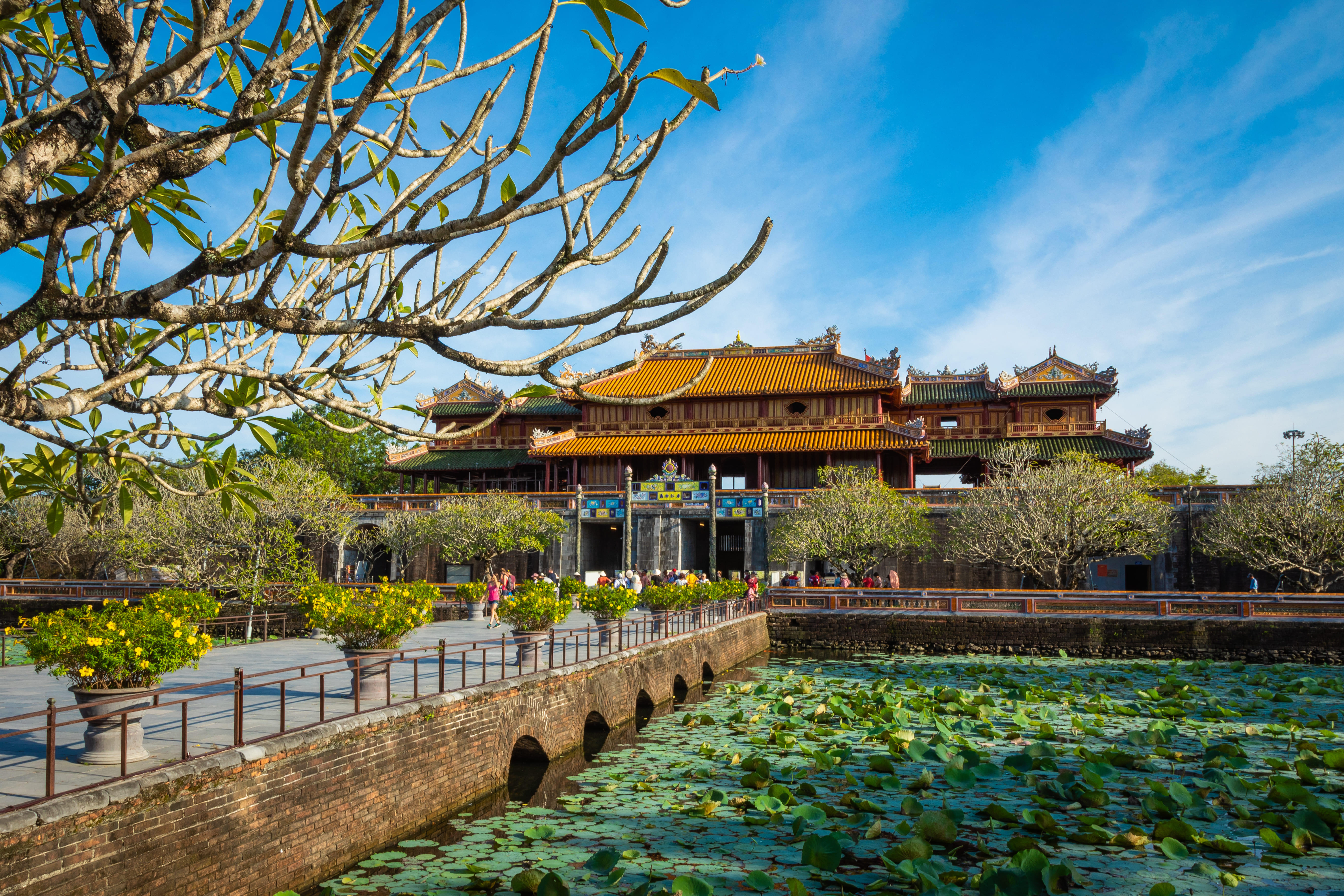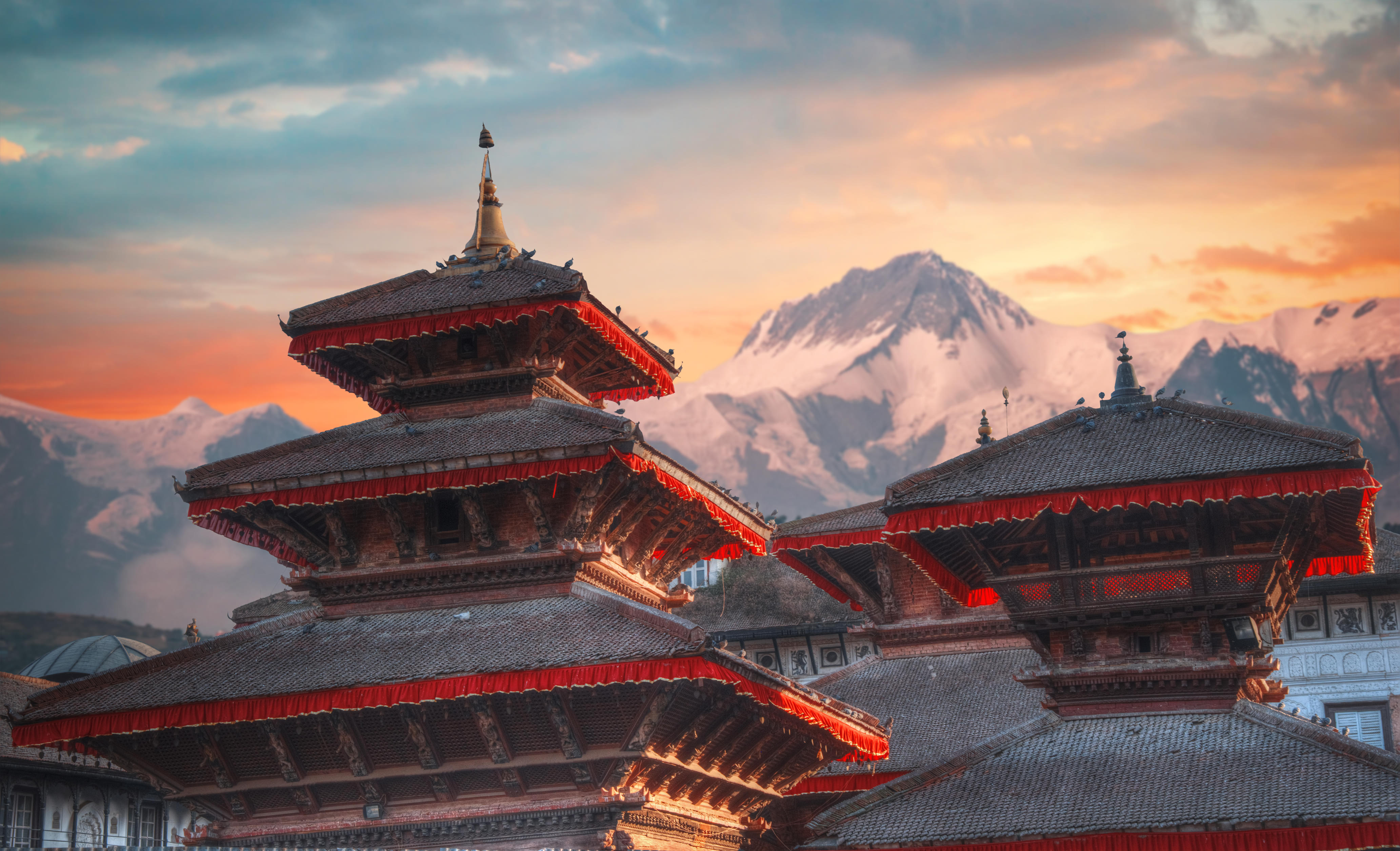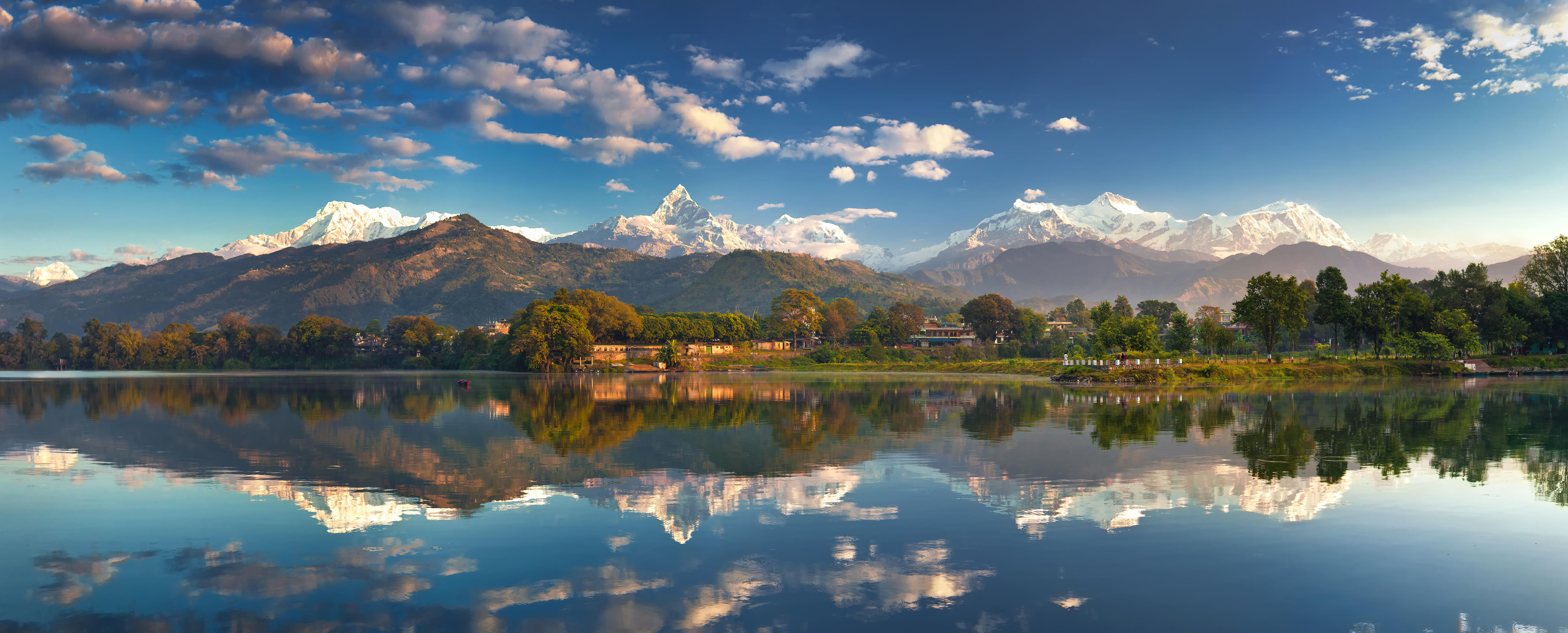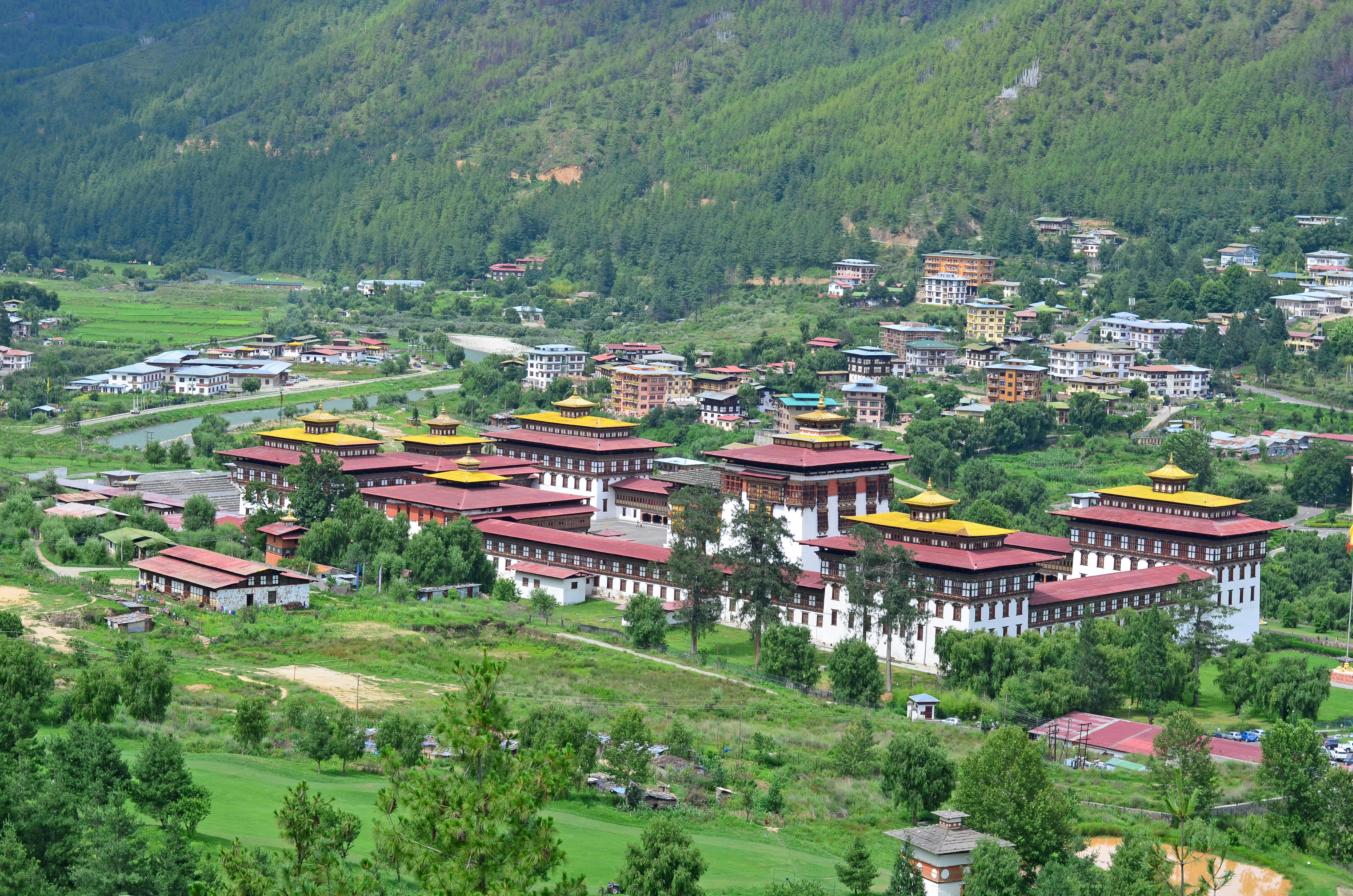About Gangtey Monastery
Located in the Wangdue Phodrang district of central Bhutan, Gangtey Monastery is the biggest and the only Nyingmapa monastery in the country. Sometimes also referred to as Gangteng Monastery, it is a significant one for the Bhutanese. Founded by Gyalse Pema Thinley in 1613, this monastery lies on a peak hilltop at an altitude of 2800 meters above the sea level, offering a tremendous perspective of the incredible Phobjikha Valley. Along with this, the monastery has also been a major tourist attraction for its rich history and incredible features.
There is a great deal of history behind this magnificent monastery that dates back to the 8th century. It was founded by Gyalse Pema Thinley who was the grandson of the great saint Pema Lingpa. He had a psychic dream in which Guru Rinpoche discloses him the treasures that he had hidden all across the country in 108 treasure coves. Pema Lingpa then embarked on a journey and successfully retrieved plenty of treasures including images and scriptures related to Buddhism.
The premises of this monastery are surrounded by a large village that is inhabited by around 100 Buddhist monks. They now maintain and manage the whole monastery and guide about its importance and history to the tourists who come here.
How To Reach Gangtey Monastery
There is only one international airport in Bhutan and it is located in Paro. The distance from the international airport in Paro to Gangtey Monastery is 166 kilometres (103 miles).
-By Car: The easiest and the simplest way to reach the monastery is via a cab. Cabs are available for hire outside the airport and it would take around 4 hours 30 minutes to reach the monastery from here.
-By Bus: There are daily buses from the airport to Gangtey Monastery. After landing, you can board one of the buses and reach the monastery.
Best Time To Visit Gangtey Monastery
-Autumn: The best time to visit Gangtey Monastery and experience the exhilarating Phobjikha Valley is September-November mainly due to the fact that The Black Necked Crane Festival is held in November. Although the sighting of the endangered crane is looked forward with amazement, there are sightings of other beautiful birds in the valley as well.
If arriving in autumn, one can also witness the Wangdue Phodrang Tshechu festival. This festival is held in the first week of October in the Wangdue Phodrang district that is especially known for the Raksha Mangcham. It is a dance performed by sixteen dancers wearing wooden masks. It showcases a vibrant and stimulating culture in Buddhism.
-Spring: Gangtey is breathtaking during the springtime (March-May) due to its incredibly certain weather conditions. It is not advisable to visit during the monsoon season (June-September) as the beauty of Phobjikha Valley cannot be appreciated fully.
-Summer: There are plenty of activities tourists can do while on tour at Gangtey Monastery, which can be especially treasured during the summer. The summer lasts from June to August.
-Winter: Winters (December-February) can be extremely cold and the temperature drops to -10°C during the peak (mid-January).
Gangtey Monastery Other Essential Information
Location: Wangdue Phodrang District, BhutanOpening hours: The Gangtey Monastery is open from 9:00 am to 5 pm.
Best time to visit: The best time to visit Gangtey Monastery would be in spring or autumn. Summers are also remarkable in the monastery, filled with the scintillating aroma of fragrant flowers at a high altitude.
Average temperature: The average temperature in Wangdue Phodrang varies from season to season and month to month. December-January-February is the coldest with an average temperature of 6°C and minimum temperature plummeting to around -10°C. The average temperature felt around the district during March-April-May is 12°C. However, in June-July-August, the climate is sunny and the temperature moderate, with a maximum of 27°C and a minimum of 9°C. Autumn is fairly beautiful in Wangdue Phodrang with an overall average of 13°C.
Distance from the nearest airport: The nearest airport to Gangtey Monastery is Paro International Airport located in Paro, Bhutan. The distance from the airport to the monastery is 166 kilometres and can be reached by cab in 4 ½ hours.
History of Gangtey Monastery
It is believed that Pema Lingpa had a psychic dream about Guru Rinpoche. In the dream, Guru Rinpoche divulged the information to Pema Lingpa about the treasures he had hidden all over Bhutan. At the age of 25, he had embarked on a search for the said hidden treasures in the form of images and scriptures related to Buddhism.
Gangtey Monastery was envisioned in the 15th century by Pema Lingpa and was first built by his grandson Gyalse Pema Thinley, the first Trulku in the second decade of the 17th century. It was later expanded by Pema Thinley’s son and Pema Lingpa’s great-grandson, Tenzing Legpai Dhendup, the second Trulku. Present Bhutan is ruled by the Wangchuk dynasty, the descendants of Pema Lingpa or the “treasure revealer”
From 2002-2008, the Gangtey Monastery was entirely remodelled under the present Gangteng Tulku, H.E. Rigdzin Kunzang Pema Namgyal.
Architecture of Gangtey Monastery
The complex in the monastery has five towers that surround the main hall which is referred to as tshokhang. It is constructed with eight huge wooden pillars, considered to be the largest in the entire country.
In 2008, the monastery was completely restructured with enormous renovation under Kunzang Rigzin Pema Namgyal. While keeping the venerable masterpiece intact with its structures, paintings, and carvings, 104 new pillars were intricately crafted by the local artisans.
The monastery is now occupied by 100 monks who help maintain the place and guide the tourists to various Buddhist rituals. Their residential quarters surround the main premises of the monastery.

.png?w=1440&dpr=2)
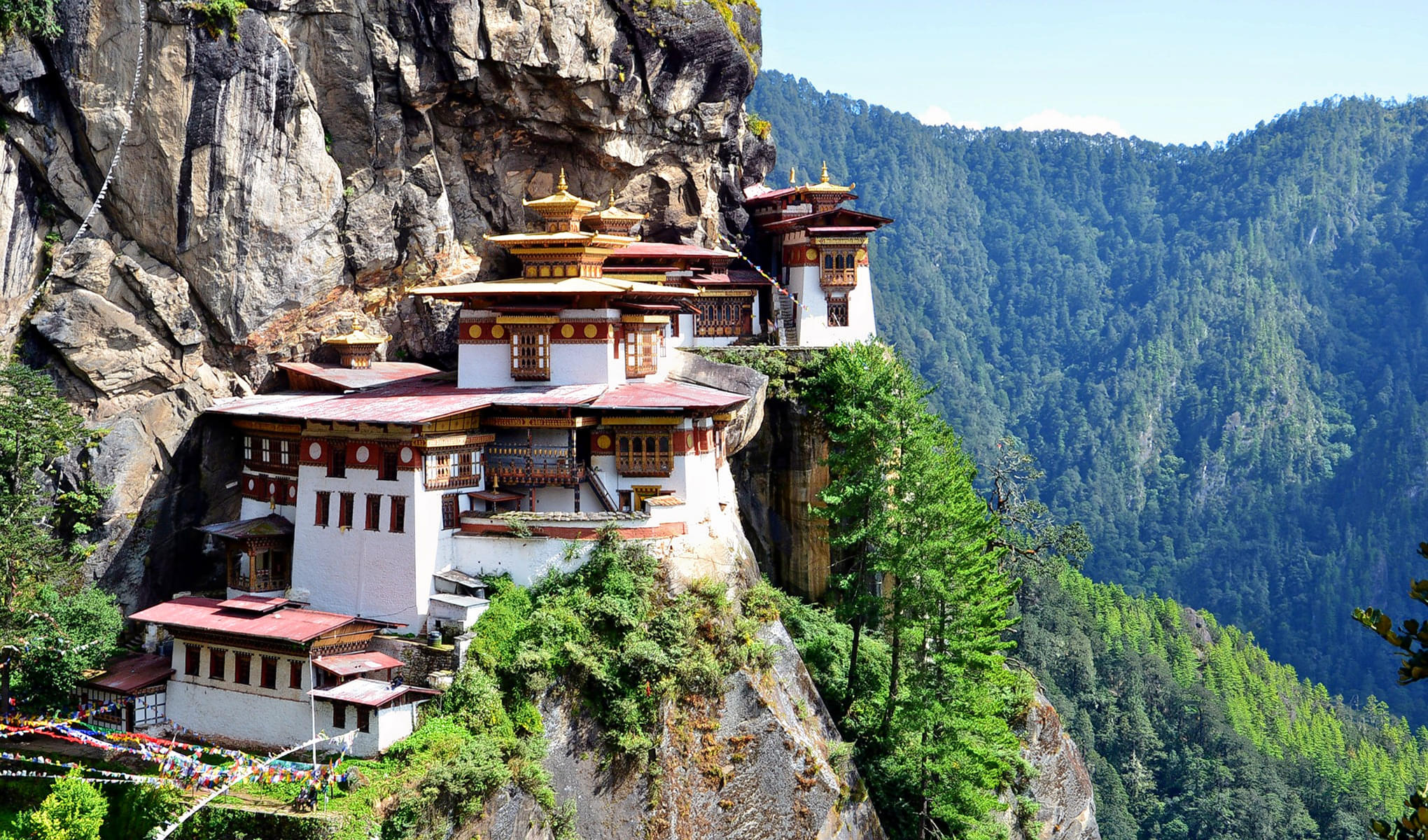
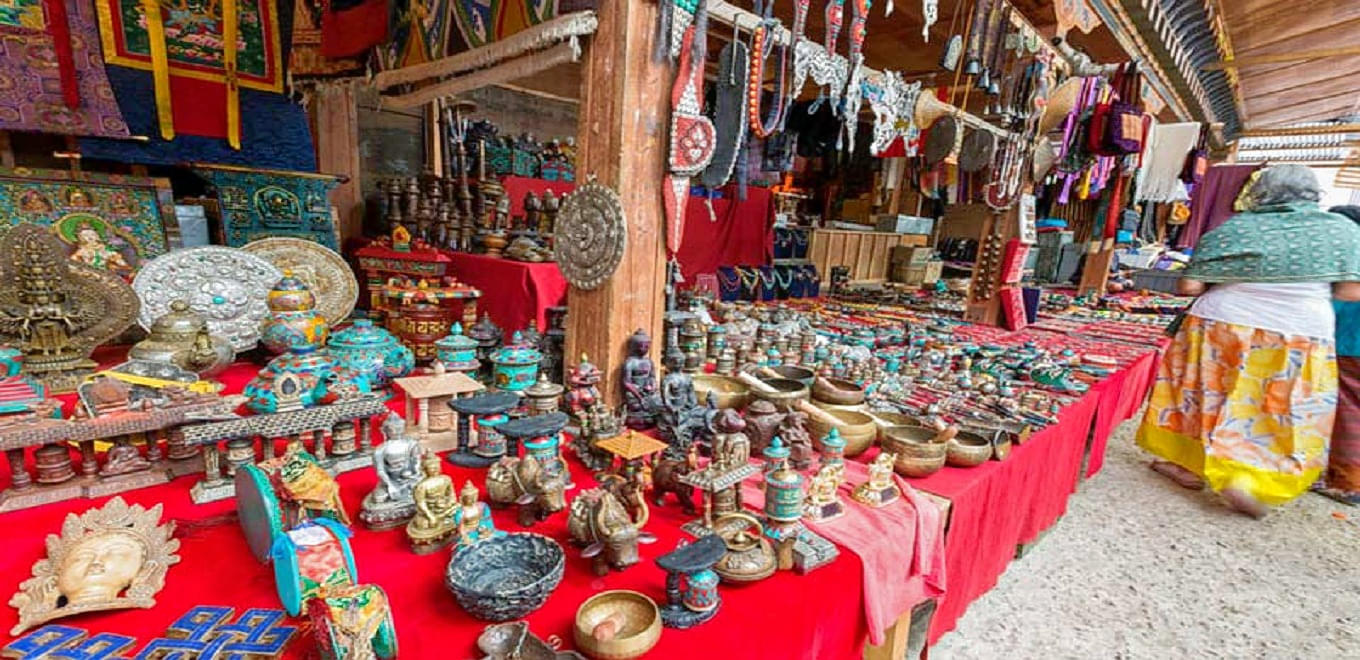
.jpg)
